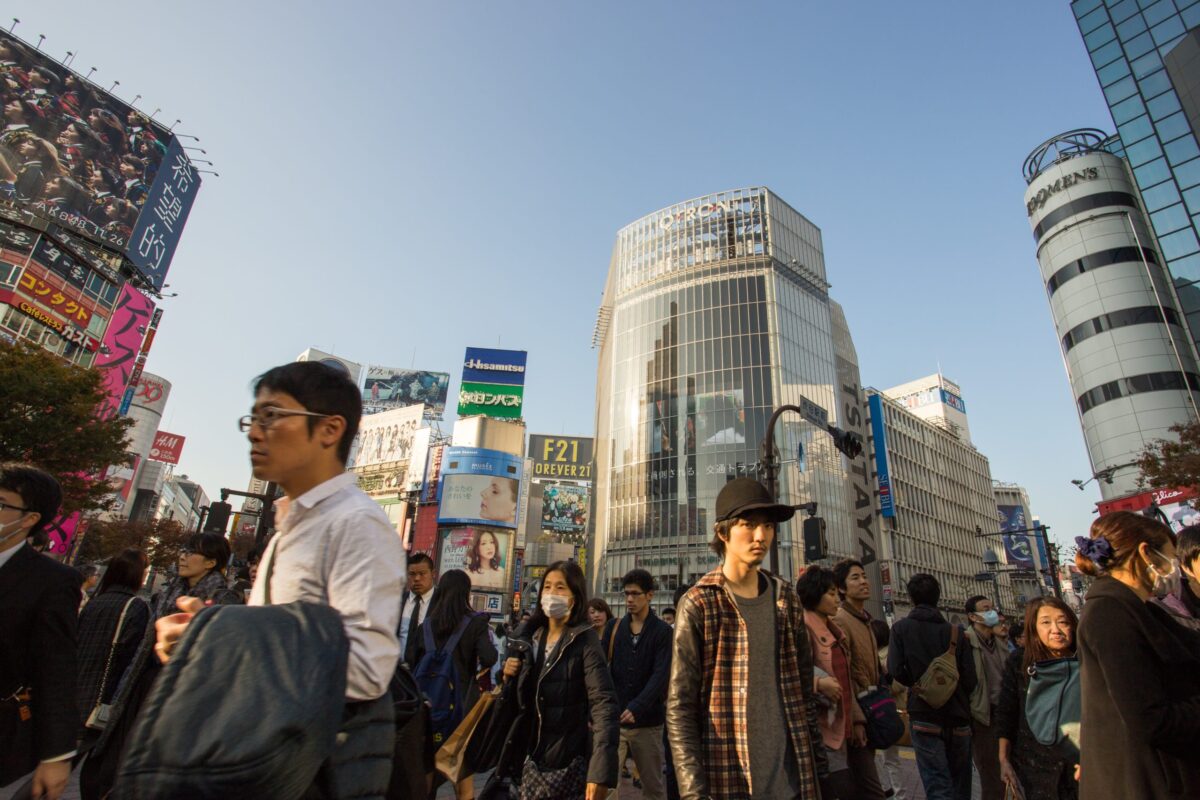

Today I had a first session with a new client whose primary focus is public speaking. Her story is common: While she’s confident in front of her team, when addressing larger groups, high-stakes audiences or people she doesn’t know as well, her heart starts to race, her face gets flushed, palms sweat, and a whole litany of self-defeating “what if” scenarios race through her mind.
What if I forget what I want to say?
What if I make a mistake?
What if they’re not interested in my topic?
What if I don’t seem expert enough?
What if I can’t answer a question?
This kind of self-destructive talk is what is referred to as “head trash.” It piles up, festers, and can become overwhelming if you don’t get rid of it.
So I said to her: “I’m going to tell you the secret to changing everything and speaking with confidence. It’s four little words, and I want you to write them down in big letters and tape it to your bathroom mirror, computer, refrigerator or anywhere you’ll see it regularly, got it?”
“Got it,” she said, and grabbed her pen.
Then I told her the secret: “IT’S…NOT… ABOUT… YOU.”
She finished writing it down, then stared at the paper, processing its meaning.
“Here’s the thing,” I explained. As a presenter, you’re now in customer service. Your job is to make sure that the audience has the best experience possible. Do you love your topic or at least think it’s really important? Share that passion with them, and help them understand it.
“Don’t worry about being self-conscious when making eye contact with people. Each person there wants to feel like you’re talking to them personally. Look at each person so they know that they matter to you, that they feel like they’re part of the event.
“When you go to hear a speaker, or when someone is talking to your team, are you sitting there silently evaluating them the whole time, waiting to catch them in a mistake, or are you just hoping that they’ll be interesting and give you some important information? Of course it’s the latter. You don’t want a speaker to fall flat; that makes everyone uncomfortable. You are subconsciously rooting for their success, because if they have a good speaking experience, you’ll have a good listening experience, and that’s your main interest. That’s exactly what your audience is hoping for too.
“How do you feel about that?”
“Truthfully?” she began, “As soon as you said that, I felt instant relief. If I just focus on taking care of the audience, then I’m not worrying about my own perfection, whatever that means. It suddenly feels like a very realistic, attainable goal. I can do this.”
With that, I encourage you to take out your “head trash,” and turn your attention to serving your audience. A good place to start is with the goal of being the speaker you’d want to listen to if you were in audience. Put them first, and you’re guaranteed to come out on top.
********
Do you have questions or comments about the issues in today’s post, want to know how to apply them, or how to help others with them? If so, contact me at laura@vocalimpactproductions.com or click here to schedule a 20-minute focus call to discuss them with me personally!
















